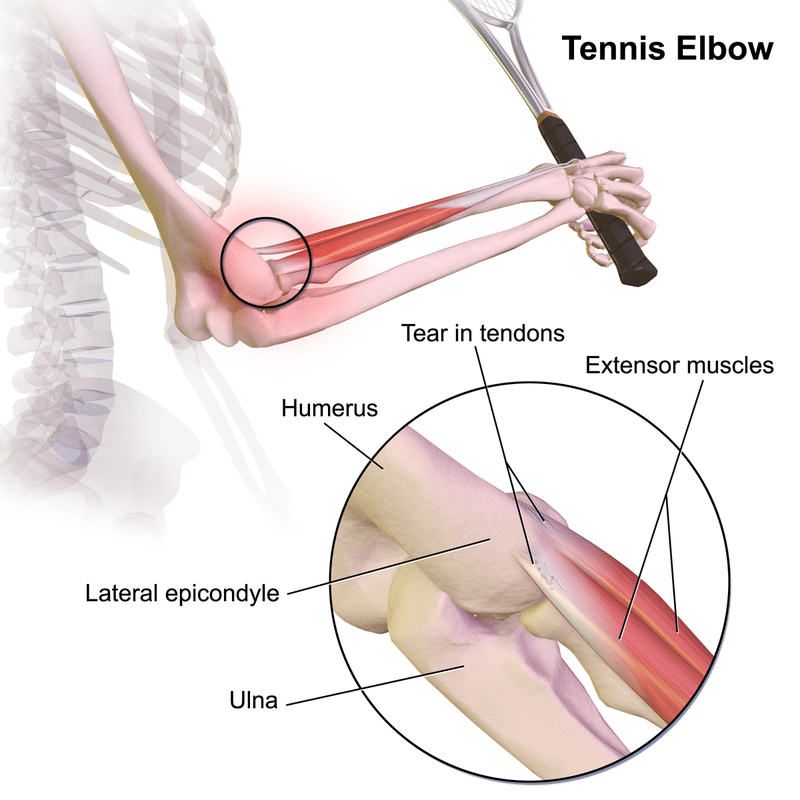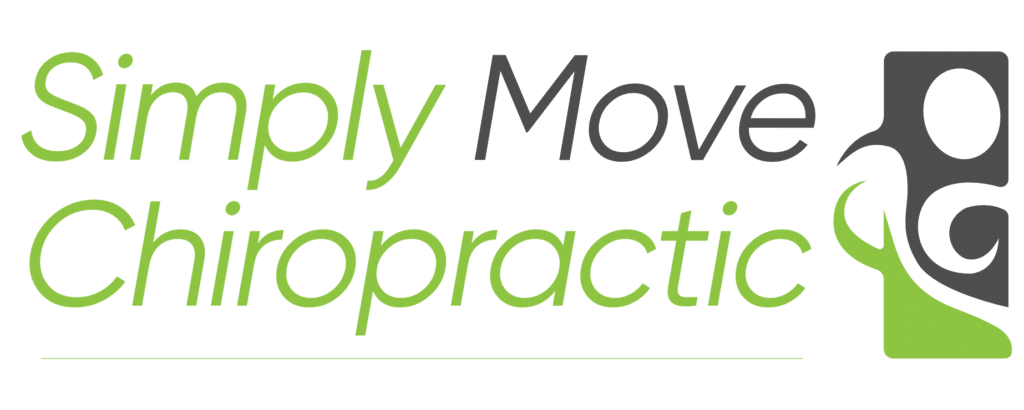Treatment for Elbow Pain in Charlotte, NC: Understanding Tennis Elbow and Golfer's Elbow
I often encounter patients in Charlotte who are dealing with persistent elbow pain. Two of the most common conditions leading to this discomfort are tennis elbow and golfer’s elbow. Despite their names, these issues aren’t confined to athletes and can affect anyone. Today, I want to delve into the overview, symptoms, causes, diagnosis, and treatment of both conditions, highlighting the differences to help you understand and find relief from elbow pain.
Overview of Tennis Elbow and Golfer's Elbow
Tennis elbow, medically known as lateral epicondylitis, and golfer’s elbow, known as medial epicondylitis, are both forms of tendinitis. They result from the overuse of the muscles and tendons of the forearm, leading to pain and tenderness around the elbow joint. However, they affect different parts of the elbow.
What is Tennis Elbow
Tennis Elbow affects the outer (lateral) part of the elbow and is caused by the overuse of the forearm muscles that extend the wrist and fingers. It’s common in individuals who engage in repetitive wrist and arm motions.

What is Golfer's Elbow
Golfer’s Elbow, on the other hand, impacts the inner (medial) side of the elbow. It’s caused by the overuse of the forearm muscles that allow you to grip, rotate your arm, and flex your wrist. Despite its name, it’s not limited to golfers.
Symptoms of Tennis and Golfer's Elbow
Tennis Elbow Symptoms
- Pain and tenderness on the outside of the elbow
- Pain that worsens with gripping or lifting objects
- Weakness in the wrist and forearm
Golfer's Elbow Symptoms
- Pain and tenderness on the inside of the elbow
- Pain that may extend along the forearm
- Difficulty with gripping objects
Causes of These Elbow Conditions
Both conditions are typically caused by repetitive stress and overuse of the muscles and tendons near the elbow joint. However, specific activities contribute to each:
- Tennis Elbow: Often results from activities that involve repetitive wrist extension or twisting, such as playing tennis, painting, or using a screwdriver.
- Golfer’s Elbow: Generally arises from activities that require forceful gripping or flexing of the wrist, like golfing, throwing sports, or weight lifting.
Diagnosis of Tennis Elbow and Golfer's Elbow
Diagnosis starts with a thorough history and physical examination. I assess your pain, tenderness, and range of motion. Specific tests may be performed to differentiate between tennis elbow and golfer’s elbow. In some cases, imaging tests like X-rays or MRIs are used to rule out other conditions.
Treatment for Elbow Pain in Charlotte, NC
The treatment approach for both conditions is often similar, focusing on relieving pain and restoring function. Here are the key strategies:
Chiropractic Care
As a chiropractor, I employ various techniques to alleviate pain and improve mobility. These may include adjustments, Active Release Technique and dry needle therapy.
Exercises and Stretching
Rehabilitative exercises and stretching play a crucial role in recovery. They strengthen the muscles, improve flexibility, and prevent future injuries.
Bracing or Taping
Using a brace or tape can reduce strain on the elbow during activities, providing support and helping to manage pain. Kinesiotaping offers a great solution that blends the best of both worlds (taping and bracing).
Lifestyle and Ergonomic Adjustments
Modifying activities and improving ergonomics at work or during sports can prevent overuse and strain on the elbow.
Advanced Treatments
Ultrasound and red laser therapy have been shown to be effective treatment options for both tennis and golfer’s elbow.
Conclusion
Both tennis elbow and golfer’s elbow can significantly impact your daily life, but understanding their differences, causes, and treatment options is the first step toward recovery. If you’re experiencing elbow pain, it’s crucial to seek professional advice. In Charlotte, NC, I’m here to help diagnose your condition and create a personalized treatment plan at Simply Move Chiropractic. Remember, early intervention is key to preventing further injury and ensuring a swift recovery.

